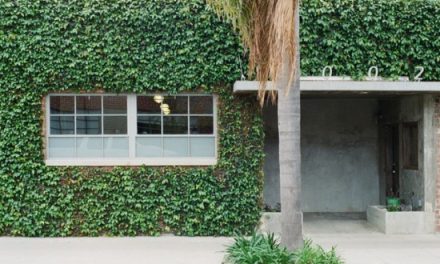Did you know that some of Malaysia’s most iconic structures, such as the Petronas Twin Towers, KL Tower, and even the LRT system were constructed using IBS technology?
Industrialised Building System (IBS) is a term used in Malaysia for a technique of construction where building components are manufactured in a controlled environment, either on-site or off-site, then placed and assembled into construction works. Globally, IBS is also referred to as pre-fabricated (pre-fab) construction or off-site construction.
Basically, it works like assembling a Lego structure: the individual ‘parts’ (i.e. walls, stairs and floors) are manufactured in a factory according to the required size and specifications, then shipped to the project site, where the parts are assembled to build the finished product.

Exclusive look inside the Forest City IBS factory in Johor
However, despite the usage of IBS technology in many high-profile and iconic developments, it remains a largely unfamiliar system of building to many, and uptake of the technology in local construction has been slow. There are plenty of benefits to using IBS technology in construction, but there are also challenges to be overcome, both in terms of cost and other local factors.
Benefits:
- Cleaner and safer construction sites
- Faster project completion
- Organized site management
- High quality and aesthetical value of products
- Government incentives
- High good cost implications
Challenges:
- Lack of volume to economically use
- Expensive overall construction costs
- Weakness of existing components
- Lack of capital investment
- Negative perceptions from stakeholders
- Availability of cheap (foreign) labour
- Resistance to change
The long-term cost benefits of IBS are attractive, but the initial costs for equipment and training is an important factor that is deterring many developers. High interest rates and low profit margins in construction mean, not to mention the availability of cheap foreign labour, means that developers are keeping an eye on every cent they can earn. Therefore, most of them do not see the benefits of investing to retrain their workforce and buying expensive large-scale equipment.
There are 5 IBS groups, according to their structural classification:
- Pre-cast concrete framing system
- Steel formwork system
- Steel framing system
- Pre-fabricated timber framing system
- Block work system

Incentives
The Malaysian government has been actively promoting IBS since 1999. The first IBS Strategic Plan was announced that year, followed by two ‘roadmaps’ intended to boost the use of IBS in construction by 2015. A key aspect of these initiatives has been to introduce quality control, research and development (R&D), and training programmes. In 2008, it was mandated that 70% of materials in any state-funded construction project had to be IBS, which was designed to bring down costs as well as encourage use in the private sector. Tax incentives were also offered to companies using IBS. By 2010, projects totalling nearly RM10 billion had been completed using IBS.





